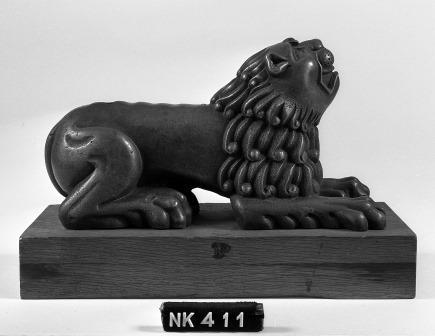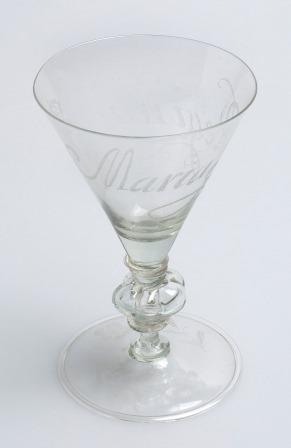Recommendation
In a letter dated 14 July 2005, the State Secretary for Education, Culture and Science (OCW) asked the Restitutions Committee to issue a recommendation regarding a decision to be taken on the application filed by AA, also on behalf of his sisters BB, CC and DD (hereafter referred to as ‘applicants’), for the restitution of fifteen objects of applied art from the former trading stock of Kunsthandel Mozes Mogrobi, the art dealership that belonged to the applicants’ grandfather (hereafter referred to as ‘Kunsthandel Mogrobi’). Ever since their return to the Netherlands after the Second World War, the fifteen objects have been part of the Netherlands Art Property Collection (hereafter referred to as the ‘NK collection’), where they have been registered under the following fourteen inventory numbers: NK 170, NK 186 A-B, NK 219, NK 347, NK 348, NK 350, NK 353, NK 356, NK 361, NK 411, NK 414, NK 419, NK 464 and NK 595.

